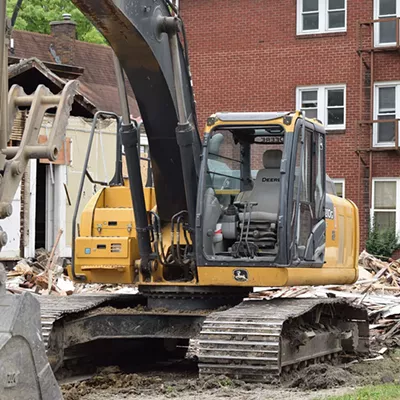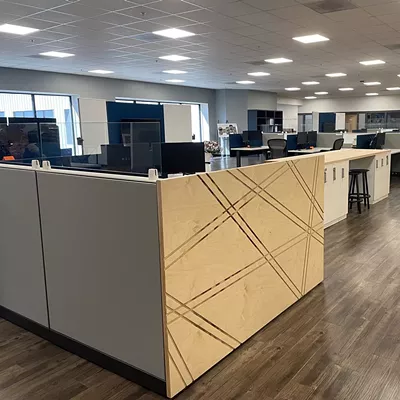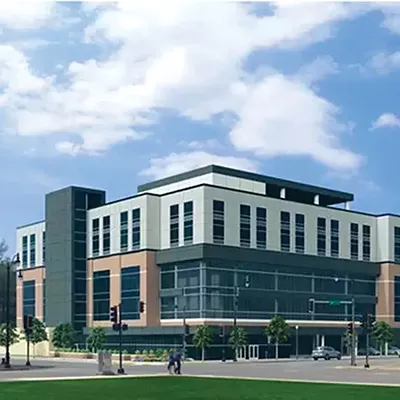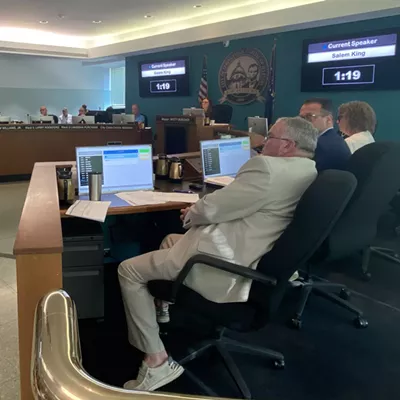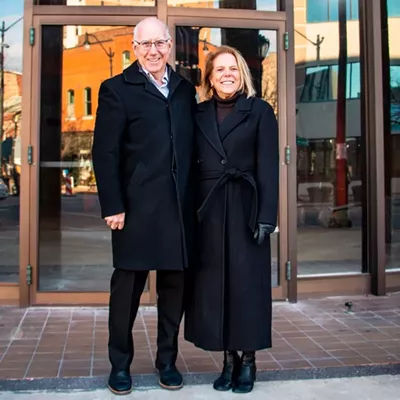The National Association of REALTORS® annual Real Estate Forecast Summit, The Year Ahead, predicted general contractors will continue to struggle with supply chain issues and labor shortages, while developers will be hampered by rising interest rates and insurance costs. The virtual event, held Dec. 12, 2023, highlighted aspects of the economy and how residential and commercial real estate markets across the nation were impacted in 2023, and what can be anticipated in 2024.
Dr. Lawrence Yun, chief economist and senior vice president of research for the National Association of REALTORS®, moderated the commercial real estate panel that featured Caitlin Sugrue Walter, vice president of research for the National Multifamily Housing Council; and Ken Simonson, chief economist at Associated General Contractors of America.
Yun opened by stating that the multifamily market has had three years of cyclical oversupply with even more units coming onto the market in 2024. He asked Sugrue Walter if owners of multifamily complexes are confident that they can rent the new units or are rents beginning to be slashed?
Sugrue Walter confirmed there are many new multifamily units under construction at this time. She said, "We are starting to see some filtering," but "rent growth varies tremendously by region. If you look in the South and the West, they actually had slightly negative rent growth last quarter. But when you look at the Northeast and the Midwest, that's not the case. They still have fairly strong rent growth," and units are being absorbed. Sugrue Walter attributed that information to RealPage, a property management software company for the multifamily rental market.
While oversupply may seem to be a concern, Sugrue Walter explained that multifamily will actually be in short supply, especially as multifamily starts begin to slow due to rising material costs and supply chain issues. New apartment rents are entering the market on a higher price point with some filtering happening. She said we are experiencing a massive affordability crisis where families are housing-cost burdened – paying more than 30% of their income on rent or their mortgage.
Yun summarized by saying multifamily starts remain high but the completion rate is taking longer as interest rates rise which impacts the shortage and therefore, "rents are not falling or not decelerating fast enough."
Yun then switched the focus to AGC chief economist Simonson and asked about the overall attitude of general contractors and the issues they are facing. Simonson replied by explaining that the contractor members build everything other than single-family housing, such as larger multifamily projects, manufacturing plants, data centers and all types of non-residential building, as well as power and infrastructure projects. He said general contractors are doing well and have high expectations of the future. However, the outlook is grim for those contractors who are dependent on developer-financed projects which could include multifamily, warehouse and office.
Simonson said that supply chain issues are the cause of the grim outlook for so many. He said that switchgear and transformers – essential elements for getting electricity into a building – are taking 70 weeks to be delivered, thus causing monumental delays in the time it takes to complete multifamily projects, for example. He does not anticipate an improvement in this situation for at least a year.
Although there have been improvements with supply chain issues, Simonson is concerned about concrete products in 2024, for both ready-mixed concrete and precast, which is essential for infrastructure of sewer and water and the panels on a multifamily building. He said the need has increased, but the capacity to produce concrete products has not increased.
On a brighter note, Simonson said that general contractors definitely caught a break on the cost of materials in 2023. The Producer Price Index for new construction inputs "has been basically flat on the non-residential side." His expectation is a possible 4 to 6% increase in material costs for multifamily and non-residential projects in 2024.
However, the cost of insurance has increased significantly, due to storms that have caused major insurance payouts. Sugrue Walter confirmed this is a major concern and said a survey of the NMHC membership revealed the average property insurance rate increase was about 26%.
Simonson said the cost of labor is high, but contractors are most concerned about the availability of labor. There is a labor shortage; we need more people entering the construction trades. The industry is making the trades more appealing by increasing pay, improving working conditions and making it more welcoming and appealing to women.
Yun stated there has been a rise in office-vacancy rates across the nation, despite there being 4.5 million more jobs as compared to pre-pandemic numbers. He asked Simonson if contractors are not constructing office buildings, are their skillsets transferable to other types of construction?
Simonson answered, "It depends." He elaborated by explaining that the skillset to build office, retail or warehouse is more transferable than if a contractor specializes in building "highly sophisticated, massive manufacturing plants that produce semiconductors or batteries for electric vehicles."
Overall, the nationwide commercial real estate market has a mix of both bad news and good. In closing, Yun asked the panelists their opinions as to what the Federal Reserve might do to impact interest rates in 2024. Sugrue Walter gave a conservative prediction of one or two cuts, neither of which she thought would be significant. Simonson predicted the Federal Reserve will raise rates and then cut them, for a net of zero. He does not think rates will drop below current levels. Yun closed on a high note with a prediction of four rate cuts by the Federal Reserve, or 100 basis points, with the hope of bringing down the long-term rates.


